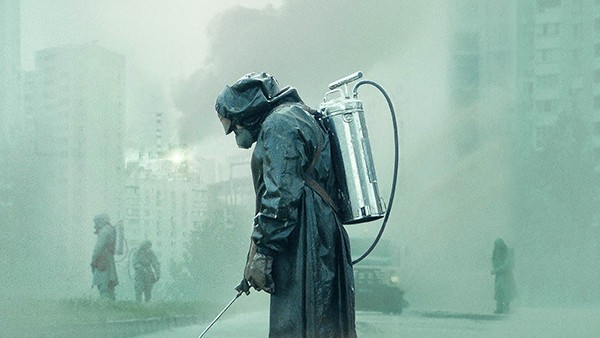Isaac Asimov’s Foundation trilogy is one of the most influential works of literature ever created. In the early 1940s, Asimov was a struggling science-fiction writer working a day job at the Philadelphia Naval Yard when he read The Decline and Fall of the Roman Empire. During a meeting with Astounding Science Fiction magazine editor John W. Campbell, he brainstormed an idea: If you were in Imperial Rome with an Enlightenment attitude and foreknowledge of what was coming, would you be able to prevent the Dark Ages that followed?
Foundation’s protagonist is Hari Seldon, a mathematician living on Trantor, the capitol planet of an empire that spans the entire galaxy. He creates a new scientific discipline called “psychohistory,” which he claims can predict the future. Just as physics can predict with great accuracy what will happen if you heat or compress a pool of water but cannot predict what each individual water molecule will do, psychohistory combines psychology and statistics to predict the fate of masses of people, without necessarily predicting each individual’s future.

Seldon discovers that the 12,000-year-old empire is about to collapse, and if nothing is done, a 30,000-year dark age of war and ignorance will descend on the far-flung children of humanity. The collapse is inevitable, but he devises a plan to limit the dark ages to only 1,000 years by gathering together some of the sharpest minds in the empire to create an Encyclopedia Galactica. The preserved knowledge will provide future humans with a foundation from which they can build a new, better civilization.
Leaders of empires hate to be told they’re on their way out, of course, so Seldon and a band of loyal followers are exiled to Terminus, an inhospitable ice-ball on the outer rim of the galaxy. Turns out, establishing a base far away from the center of the collapsing empire is all part of Seldon’s plan. For the next millennia, Seldon’s secret Foundation lurks in the shadows of galactic history, subtly influencing events and providing hope to humanity.
Asimov’s premise resonated with the American elites who flooded colleges in the 1950s. America was an empire now, but unlike Rome, we had the advantage of hindsight. Things would be different this time. But the books were translated into numerous languages and inspired more than just our own imperial hubris. One person who read Asimov at an impressionable age was Osama bin Laden; in Arabic, “The Foundation” translates to “Al-Qaeda.”
Traces of Foundation can be found in all the science fiction that came after, including Dune and Star Wars, both of which feature secret conspiracies against sprawling galactic empires. But adapting the stories for the screen has long been thought impossible — Nobel economist Paul Krugman, who credits Foundation for inspiring his career, called the books “aggressively un-cinematic.” Yet producer David S. Goyer, who wrote Christopher Nolan’s Batman movies, convinced Apple to back a major series for their new streaming service. From the opening credits, it’s obvious Goyer sold it as “Game of Thrones in space.”
Seldon is played by Jared Harris, a veteran of Mad Men and another series described as GOT in space, The Expanse. The arrival on Trantor of Seldon’s protege Gaal Dornick (Lou Llobell), a math genius from a backwater planet who is the only other person in the galaxy able to fully grasp psychohistory, sets events in motion. She and Seldon are arrested for treason by the ruling triumvirate, who are three clones of the long-dead Emperor Cleon. As they’re on trial, a terrorist attack collapses Trantor’s main space elevator, killing millions. The leading suspects in the attack are agents from the feuding planets, Anacreon and Thespis. Unable to determine which planet is responsible, the emperors simply attack both, precipitating a crisis that will ultimately bring down the Empire.
Like the galactic empire, Apple has effectively limitless resources, and the money is on the screen from the beginning. From the vistas of the city-world Trantor to the drowned planet of Synnax, the special effects and production design in the first two episodes are absolutely impeccable. Goyer’s scripts are at their strongest during Seldon’s trial, when Harris is able to project gravitas as he speaks truth to power. But it’s already evident from the turgid dialogue that the heady nature of the story is going to be a major problem going forward. The producers seem to recognize the problem of losing the human elements to the sweep of psychohistory, but not how to fix it. Llobell and her erstwhile lover Raych (Alfred Enoch) don’t have enough romantic chemistry to fill a science experiment. While it’s still early in a long story, it’s not clear if a new TV empire can be built on this Foundation.
Foundation is streaming on Apple TV+.

